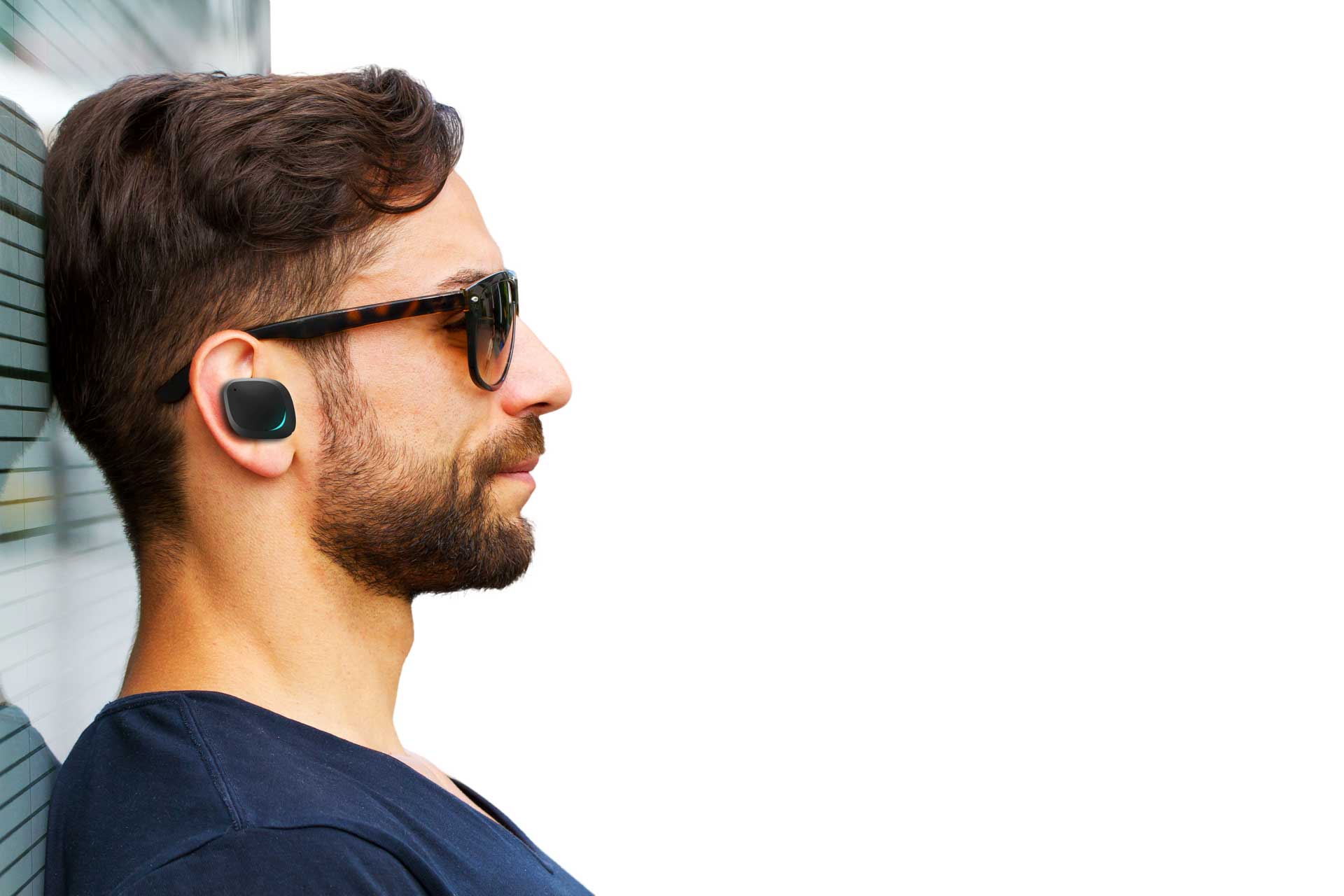
Top 10 Most Important Wearable Trends in 2017
2016 was a good year for wearables. According to data from the International Data Corporation (IDC) Worldwide Quarterly Wearable Device Tracker, total shipment volumes reached 19.7 million units in 1Q16, an increase of 67.2% from the 11.8 million units shipped in 1Q15. Ramon Llamas, research manager for IDC’s Wearables team, said that “the wearables market continues to mature and expand.”Wearable devices still have a long way to go, but the technology has found its way into the hearts of consumers from around the world, who now eagerly await a new generation of products; one that will be sleeker, tighter, and more affordable than the current generation. These two meta-trends—maturation and expansion—will continue to play an important role even in 2017, as we’ll see when we go through our list of top 10 most important wearable trends in 2017.
10. Moving Beyond Smartwatches
For a long time, wearable devices were synonymous with smartwatches. Perhaps it was the influence of decades’ worth of sci-fi movies that caused the wrist to feel like the most sensible place where to put a small, sensor-equipped computer. Maybe it was our deep-rooted love for wristwatches combined with a desire to improve upon the timeless concept.What matters now is that engineers and designers of wearables realize that our bodies offer plenty more convenient places for wearable devices, such as our fingers and feet. Nimb is a ring with an integrated panic button that can send an alert to friends and family, community members, people nearby, or emergency services. It looks like a beautiful fashion accessory, rather than a state-of-the-art piece of wearable technology, and works in a very discreet manner.
The word discreet has played an equally important role in the design of Ringly, a line of bracelets and rings that connect to smartphones via Bluetooth, effortlessly keeping track of steps, distance, and calories burned—metrics that previously required a person to wear a bulky smartwatch.
Under Armour has shown other footwear manufacturers how to design a good smart shoe capable of tracking time, cadence, duration, distance, splits, and other things in the natural way possible. Others, such as Xiaomi, followed Under Armour’s lead soon after, and we expect to see this trend continue even in 2017.
9. New Metrics
Walking a few hundred extra steps every day is a good way how to lose a few pounds of fat, but it takes much more than that to achieve happiness and balance in life. The upcoming generation of wearable devices is aware of this, and it leverages some of the scientifically proven effects of mindfulness practice on the brain to affect the structure and neural patterns in the brain.One such device is called Feel. This smart bracelet recognized and tracks your emotions throughout the day and provides you with personalized coaching to help you achieve your emotional well-being goals. It does this by measuring responses from a variety of physiological signals sent by a person’s Autonomic Nervous System (ANS). Vinaya has similar goals, only with a greater emphasis on fashion and style, instead of science and data.
8. Project Soli
According to Google, “Project Soli is developing a new interaction sensor using radar technology. The sensor can track sub-millimeter motions at high speed and accuracy. It fits onto a chip, can be produced at scale and built into small devices and everyday objects.”Compared to cameras, radar technology has several key advantages. It has a very high positional accuracy, allowing developers to sense the tiniest motions with utmost precision. It can also work through materials, and, above all, the whole technology fits on a single chip with no moving parts, which could break. “It’s a tiny sliver you could balance on your pinky toenail, with four antennas that provide full duplex communication for sending and receiving radar pings,” commented Hakim Raja, Soli’s lead hardware and production engineer.
With Soli, developers can borrow a language based on the metaphors we are already familiar with from physical controls and use it as a way how to interact with virtual objects and user interfaces.
7. The Ability to Power Wearables Through Motion or Body Heat
The limitations imposed by our current battery technology are at the very top of what customers complain about when it comes to modern electronic devices. Most smartphones are happy to work for two consecutive days on a single charge, and smartwatches are nothing to write home about either.Fortunately, new ways how to generate electricity are just around the corner. “Researchers at North Carolina State University have developed a new design for harvesting body heat and converting it into electricity for use in wearable electronics,” states the university in a blog post. “Wearable thermoelectric generators (TEGs) generate electricity by making use of the temperature differential between your body and the ambient air,” the university further explains.
Chinese researchers have taken the concept of TEGs and turned it into a flexible, wearable thermocell capable of producing about 0.3 µW of power at 0.7V, which is enough power for a simple e-ink display, for example. Others, such as a lab at the Massachusetts Institute of Technology (MIT), create devices that can harvests mechanical energy from bending movements and convert it into electrical energy. As demonstrated during a fashion show in Bangkok, these technologies can be used together to develop smart fabrics that can harvest electricity from both the sunshine and the human body. Undoubtedly, they will play a central role in the design of many upcoming wearable devices.